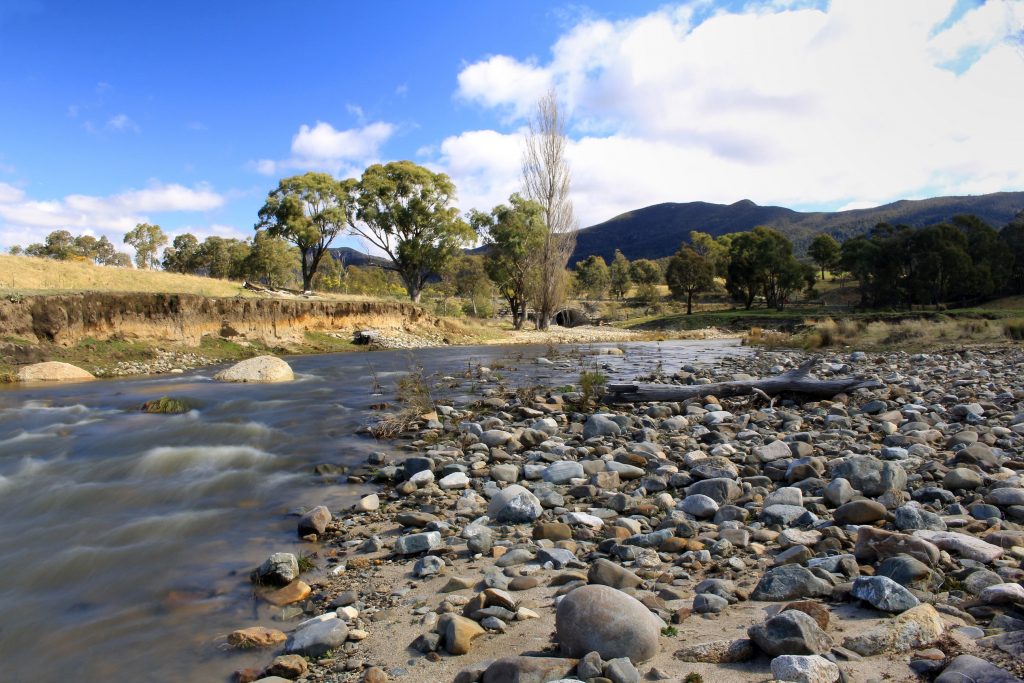
A cloud-first approach helps the Murray–Darling Basin Authority execute a regionalisation strategy
There is no denying that the Murray–Darling Basin is an Australian icon. However, its vastness means many people don’t know just how important it is to the nation’s environment, culture and economy.
Encompassing most of NSW, half of Victoria, some of southern Queensland and South Australia, and all of the Australian Capital Territory, the basin covers one-seventh of Australia’s landmass. It carries vital water supplies through a system of interconnected rivers and lakes that include 16 different wetlands.
More than 2.2 million people live in the basin, which includes the lands of 40 First Nations groups. It is also home to 35 endangered species. Roughly 40 per cent of Australia’s agricultural produce is sourced from the region, and it generates A$8 billion per year from tourism.
Managing a complex system involving several state governments and a wide range of industries and communities is not easy, and that’s where the Murray–Darling Basin Authority (MDBA) comes in.
The MDBA is an independent government agency which, in partnership with Basin governments, manages the Murray–Darling Basin’s water resources in the national interest. The MDBA is responsible for implementing the Basin Plan and running the River Murray on behalf of Basin states, under the Murray-Darling Basin Agreement. It aims to achieve a healthy, working Basin for the benefit of all Australians.
In early 2019, the Australian Government announced that around a third of the 300-strong team at the MDBA would be relocated to regional areas in the basin. At the time, most employees were based at head office in Canberra (ACT), and a small number were working in regional offices in Adelaide (South Australia), Toowoomba and Goondiwindi (Queensland), and Wodonga (Victoria). Since then, the MDBA has established a presence in Murray Bridge (South Australia), Mildura (Victoria) and Griffith (NSW).
But, just like the rivers and lakes that feed into the basin, the MDBA needed to ensure that staff remained connected, and that information continued to flow effectively throughout the organisation. According to Chief Information Officer and Chief Information Security Officer Rod Barlow, the MDBA’s regionalisation process was the catalyst for transforming its ICT infrastructure and data strategy.
“The backdrop was that – at that time – we already had ageing infrastructure and applications, and natural caps on storage space,” he says.
“So, what we had to do was implement modern collaboration platforms. We had to uplift our IT service management, which we did, and we had to implement new platforms and infrastructure. Therefore, cloud became a priority within the strategy.
The strategy was underlined by the principle that we would enable staff to complete all requirements of their work, from anywhere across the basin, rather than working in what was, prior to that time, a Canberra-centric agency.
Aligning with Azure & Teams was a no-brainer
Following an enterprise architecture review, the MDBA decided the best approach was to migrate the majority of its on-premises applications and platforms to Azure, given a lot of its systems and processes were already entrenched in the Microsoft ecosystem.
The MDBA worked on its cloud transition strategy with its change management consulting partner, Synergy Group, before hiring IT specialist A23 to help with the migration. “They were really good at implementing the initial designs and approach for our cloud transition,” Barlow explains. “There were 16 statements of work, including 10 to 12 core workloads to migrate, so quite a lot of work needed to be done.
“We also worked with A23 to make sure we had Microsoft in the background to assist us with fast-track analysis … as a health check on some of the decisions that we were making on the journey to implementing our ‘lift and shift’ strategy.”
A key task for A23 was to help the MDBA implement Microsoft Teams, which has enabled staff to communicate and collaborate effectively under the regionalised model.
To maximise the effectiveness of Teams, the MDBA made a significant investment in audio-visual and video-conferencing infrastructure and solutions. It also will explore the use of Surface Hub, a Teams-certified meetings platform and interactive whiteboard. Barlow says this will require further investment in change management to ensure it’s executed properly.
Moving to a more regionalised operational model has also prompted the MDBA to explore other ways to improve its data management practices using Microsoft technology.
“Some of the things we’ve done that we wouldn’t have contemplated in our on-premises environment is implement Microsoft Dynamics 365, allowing the MDBA to modernise its Client Relationship Management, build pipelines for the ingestion of river data, and explore Azure Data Factory and Azure Databricks,” Barlow says.
“That’s really helped our organisational data maturity journey in being able to better deliver scientific data and policy. It allows us to be more transparent to our external stakeholders so that we can be more open to scrutiny and peer review.”
Room for improvement
The MDBA has enjoyed significant back-end infrastructure and operational cost savings by moving to the cloud, but there is still more work to do.
“We’ve done lots of great work to set the organisation up for success in a cloud-first view of the world,” he says. “What really needs planning is the way the organisation manages and delivers cloud services through governance and process.
“We are working out what that best looks like at the moment, and how we upscale and change our workforce to make sure that we work in that cloud-first way.”
The MDBA is also keen to leverage artificial intelligence (AI) and machine learning, particularly when analysing a wide range of captured data on the basin including satellites and drones.
“We know that there’s been some work already done in some quarters around what AI and machine learning can do in relation to drone video footage, so that’s something that we’ll be exploring,” he says.














